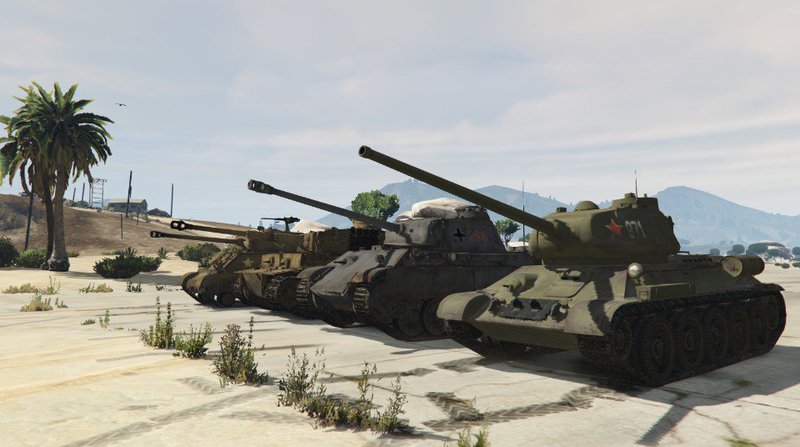

Nevertheless, the success of the tank in achieving total surprise and its potential to overcome trench warfare prompted the British High Command to order 1,000 more following the battle.īattle of Cambrai (20-30 November 1917) ↑Īt the Battle of Cambrai, the British used over 400 Mark IV tanks during their assault on the Hindenburg Line. Early tank warfare also suffered from inexperienced crews and a lack of doctrine regarding their integration with infantry. Out of forty-nine total British Mark I tanks deployed to France, only thirty-one crossed the German lines, due to mechanical issues. Great Britain first introduced tanks to the battlefield at the Somme on 15 September 1916.

The new machine, which was completed in January 1916, was the Mark I and it would be commonly referred to as “Big Willie” or “Mother”.īattle of the Somme (1 July-18 November 1916) ↑ During the construction of “Little Willie”, Tritton and Wilson began work on another design capable of meeting new War Office requirements. It was known as “Little Willie” and was designed and constructed between August and September of 1915. 1 Lincoln Machine which was designed by Sir William Tritton (1875-1946) and Lieutenant Walter Gordon Wilson (1874-1957). The very first tank to be built in the world was the No. In February 1915, the government formed the Landships Committee, which consisted of military engineers and officers from the army and the Royal Navy Air Service, to review plans for new armored vehicles. The British developed the initial tank prototypes in near total secrecy after a proposal by Lieutenant Colonel Ernest Swinton (1868-1951), with the enthusiastic support of Winston Churchill (1874-1965), First Lord of the Admiralty.

Most tanks typically had two versions: “male” tanks designed with artillery to attack fortified positions and “female” models armed with machine guns to target enemy infantry. While impervious to barbed wire, small arms, and shrapnel, their primitive armor was still susceptible to heavy machine gun fire and direct hits from high explosive artillery rounds. The early models were heavily influenced by commercial tractors. The first tanks introduced in 1916 were generally slow and hard to maneuver, and they performed poorly in rugged terrain. The marrying of recent technological advances, such as the internal combustion engine with armor plating, enabled the tank’s development during World War I. Although the concept of armored vehicles preceded the Great War, the tank was specifically developed to overcome the stalemate of trench warfare on the Western Front that followed the First Battle of Ypres (19 October-22 November 1914). Tanks are armored vehicles designed to combine the military factors of fire, maneuver and protection.


 0 kommentar(er)
0 kommentar(er)
